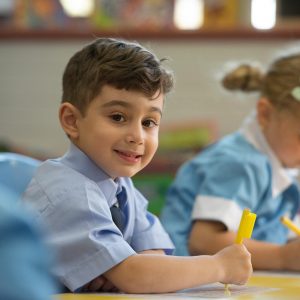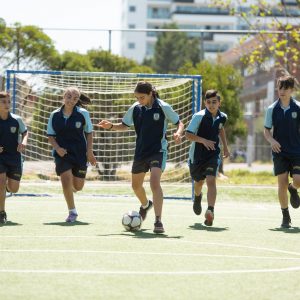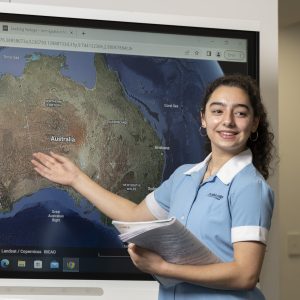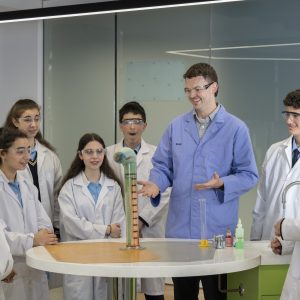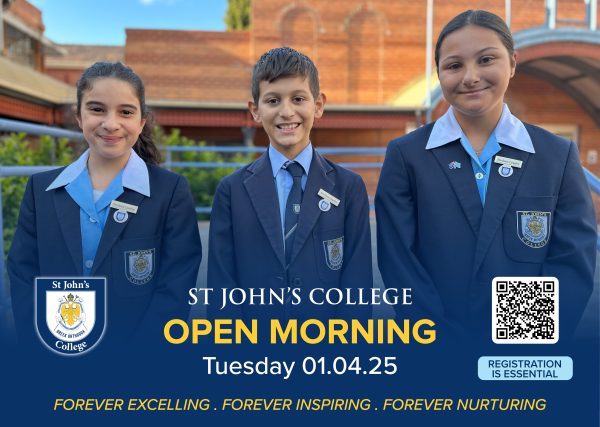Differentiation at St John’s College
When I am taking a school tour, prospective parents often ask how our school meets the needs of diverse learners. Although most parents understand that children, like adults, have different needs, some still believe that schools operate in the same way they did when they were attending school themselves i.e. that teachers introduce a topic, and then use teacher centred instruction (such as lecturing), to get the knowledge from their head (or the textbook) into the students’ heads. They may imagine a classroom full of children of the same age completing the same work at the same time. The underlying assumption is that children learn in lock step with one another.
In reality, it is not the age of the child or the year level at school that determines what and how students learn. Parents, particularly if they have more than one child, understand that children have different personalities, strengths, and abilities. Another factor that impacts on student engagement in learning are the individual interests of each child. There are some subjects that cater better for the child’s natural curiosity whilst other learning areas are less appealing; we all remember our favourite subjects at school and perhaps performing better in those areas we most enjoyed.
Teachers are aware that students learn differently and that some children require multiple exposures and repetition for skills, processes, and concepts to become embedded. Other students grasp new ideas and skills quickly and need to be extended in their learning. Teachers use ongoing assessment to identify what is next in the learning stage for each child and use strategies such as rotations (small group work), to support effective learning that enables each of our students to flourish at school.
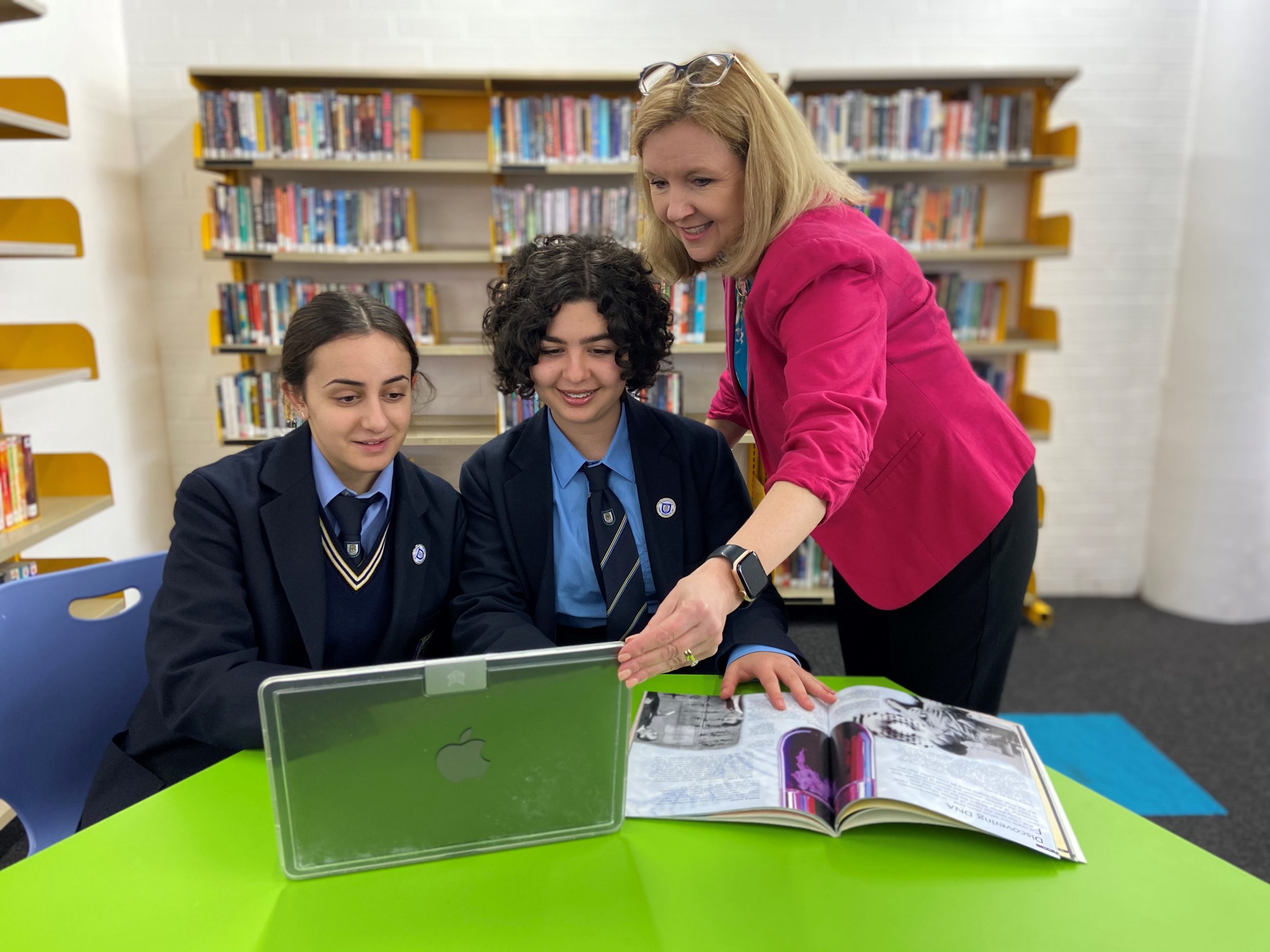 Learning well requires a high level of activity and engagement from our students. We know that students learn best when they are able to apply learning in real world contexts. For example, if you wanted to learn a new skill you could learn by watching a video, reading a book, observing someone else or even having someone tell you all about it. However, the very best way to learn a new skill is to actually practise the new skill. For this reason, teachers provide problem-based learning tasks as part of the learning journey.
Learning well requires a high level of activity and engagement from our students. We know that students learn best when they are able to apply learning in real world contexts. For example, if you wanted to learn a new skill you could learn by watching a video, reading a book, observing someone else or even having someone tell you all about it. However, the very best way to learn a new skill is to actually practise the new skill. For this reason, teachers provide problem-based learning tasks as part of the learning journey.
Factors such as intellect and sociability play a role in learning; some children may have learning disorders or disabilities which means that they present with more complex learning needs. These students may require support, adjustments and/or modifications to remove or reduce the impact of barriers to learning. Learning, as an inherently social activity, often requires that students work in pairs or small groups and children who are not as socially confident may be challenged when participating in team learning tasks. Others are naturally extroverted and may enjoy their experience of school more than their more introverted or shy peers.
We know that some students will need a higher level of support, such as more time or an increased number of exposures (repetition), to understand key concepts and master key skills. We know that students who have natural talents or abilities need to be extended in their learning. The challenge for students who are working beyond the expected standard is that they may cruise in their learning; some high achieving students value getting things ‘right’ and aim for perfection. In these cases, the task of the teacher is to help students understand that the learning is in the mistakes and to embrace failure as part of a ‘first attempt in learning’: a concept that is taught even to the youngest children in our school.
For the reasons described above, in schools today all teachers practise ‘differentiation.’ This means that rather than planning for all students in the same class to complete the same work at the same level at the same time; the work tasks presented will vary. This variation ensures that students are working on tasks at their Zone of Proximal Development (ZPD). Work tasks that are within the ZPD are not too easy and not too hard but ‘just right.’ However, there are times students will work at the zone of actual development; for example, when completing independent work such as homework, or skill consolidation (such as spelling practice). There is much information available about Vygotsky’s Zone of Proximal Development on the internet for those curious to know more.
Differentiating lesson tasks does not mean that all students are necessarily working on different concepts, rather that students grapple with the same new concepts from different starting points. Differentiated programming requires a high level of sophistication from teachers during the planning phase to ensure that the needs of all students are accommodated. To successfully differentiate and select a variety of tasks to meet the distinct needs of learners, teachers need must have an excellent understanding of the learning progression across the curriculum they are teaching as well as the individual learning needs of students themselves.
In Victoria, all schools are required to deliver the Australian or Victorian Curriculum (VC). The VC is our states iteration of the national curriculum. When schools are reviewed by the Victorian Registration and Qualification Authority, they must provide evidence of a guaranteed and viable curriculum that has been effectively delivered. For this reason, there is a risk schools feel pressure to deliver the entire curriculum. ‘Getting through’ the curriculum content is an idea that is counter intuitive to effective teaching and learning. For this reason, in our school (from Foundation to Year 10) we encourage teachers to cover key content more intensely to ensure that students develop deep conceptual understanding of the big ideas in the learning areas.
In Australian schools, student progress must be assessed on a five-point scale against the curriculum; this means determining whether students are working well below, below, at, above or well above the expected standard. Schools may use a different scale including grades or percentages; at our school we use the terminology above. The goal is to ensure that parents and schools understand how student learning is tracking against national benchmarks. It is important that standardisation and achievement, i.e. striving for each child to be learning ‘at’ standard, is not the driver of our classroom practice. This is because we know students learn at different rates and pace depending on their needs, abilities, interests and indeed upon the context of the school and the socio-economic background of families. Therefore, each student is supported to experience learning growth relative to their individual needs.
At St John’s College we have implemented an annual formal assessment program to ensure that our students achieve a year of growth for every year of teaching and learning. The data gathered helps us identify if students have achieved this, regardless of the starting point of each student’s learning journey. The data also helps us to identify which students are not making the expected level of growth as well as those who are ready to be extended in their learning.
In summary, St John’s College offers rigorous learning programs within which learning tasks are appropriate to the learning needs of our students. We offer safe and welcoming classroom environments in which expectations are high for all students. We also strive, through our shared expectations, to provide an environment as free from distractions as possible in which all students are learning ready and able spend all class time on task. Critically, we ensure a comprehensive professional learning program, including individual coaching, is provided to all teachers. This ensures that teachers build a repertoire of teaching skills to enable them to comprehensively meet the different needs of all the students in our care.
Principal’s Article No. 2: Written by Mrs. Anna Urban 16.7.21
